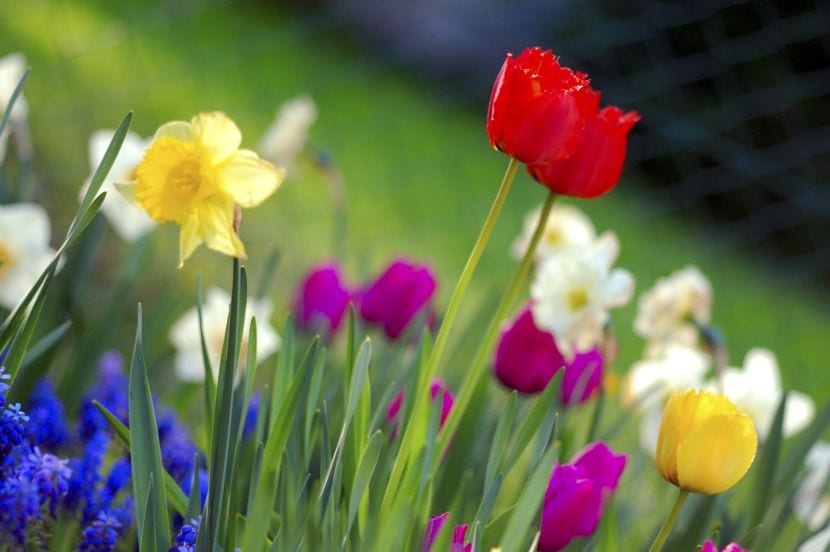
The temperature is slowly rising, and the garden is filled with flowers of various colors. But, with good weather insects appear, who also want to take advantage of this beautiful season to return to their daily chores. This means that our beloved plants will have to start the fight for survival again.
If we want to help them make that fight easier to win, we can use other plants so they can fight pests more effectively. We will not harm the environment, and also the defense system of our protagonists will be strengthened. Here are seven of the best plants to repel insects.
Basil
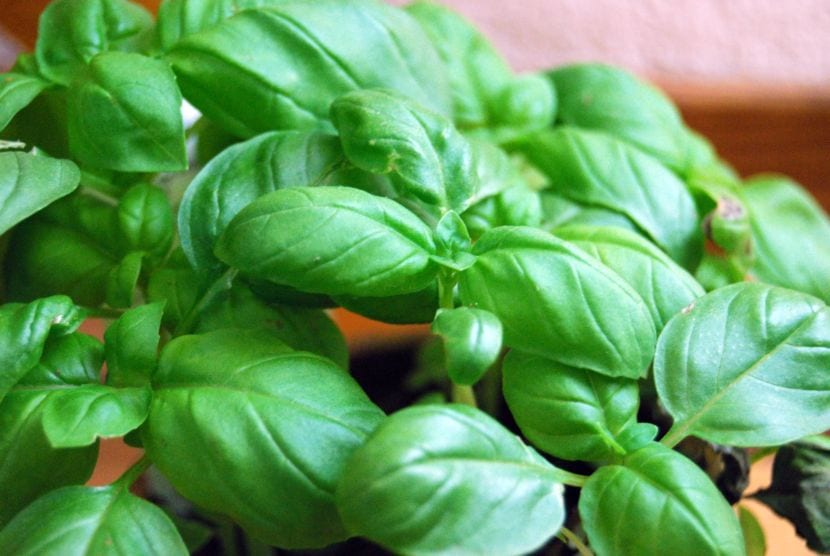
Basil, whose scientific name is Ocimun basilicum, It is a small herbaceous plant widely used in the kitchen. It has rounded, somewhat elongated leaves, of a bright green color. It does not exceed 30cm in height, which makes it perfect to have in a pot.
It is effective as a fly repellent. Place several pots in the area where more of these insects go, and you will see how little by little they will stop approaching them.
Catnip or catnip
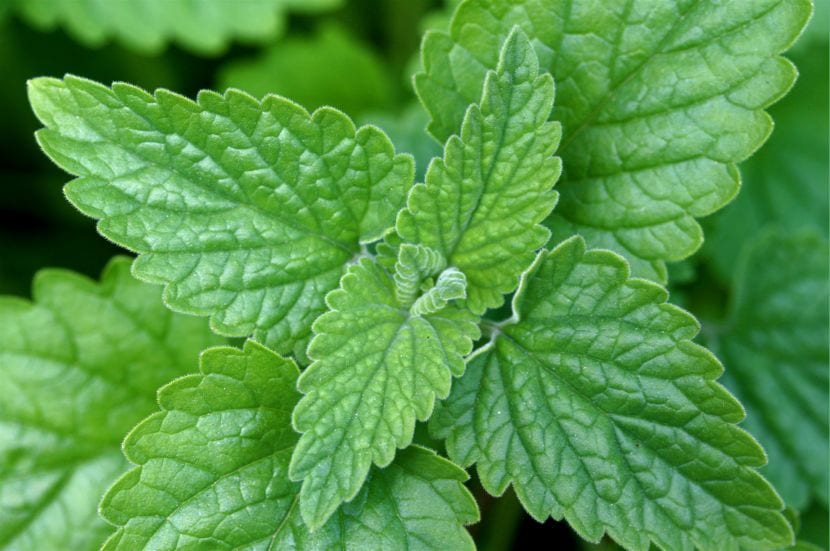
Catnip repels insects. Yes, yes, it is an attractant to cats, but it repels insects even better than many commercial products. Its scientific name is Nepeta Qatari, and grows to a height of 40cm. Its leaves are about 3cm long, with serrated edges, green in color.
If you carry a few leaves of this precious plant with you, the insects will not want to approach you!
Citronella
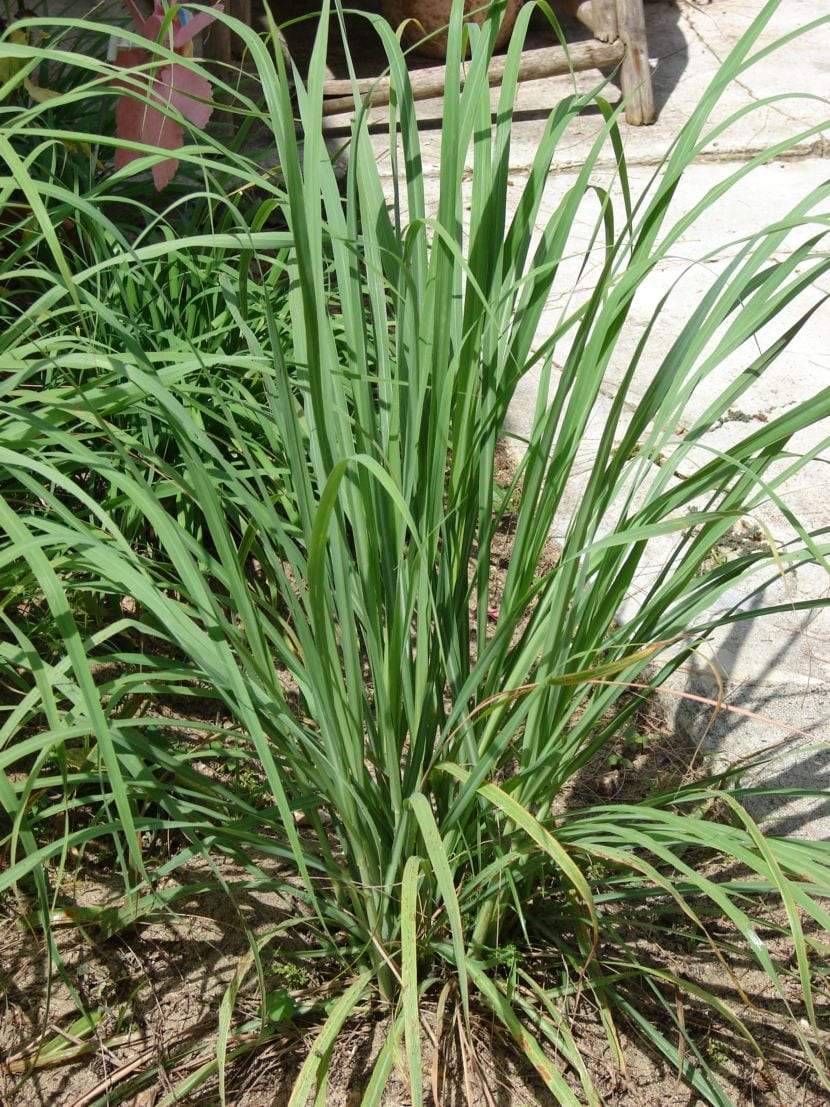
The Citronella, whose scientific name is Cymbopogon citratus, is a perennial herbaceous plant that is widely used both to delimit grassy areas and in rockery. It grows to a height of 50cm, and has long, very thin dark green leaves. It has a very fast growth.
Have you heard of the Citronella bracelet, which repels mosquitoes? They make it with the extract of this plant. Mosquitoes hate it, so if you need to get rid of these annoying insects, don't hesitate, put one (or several) Citronella in the garden!
Laurel
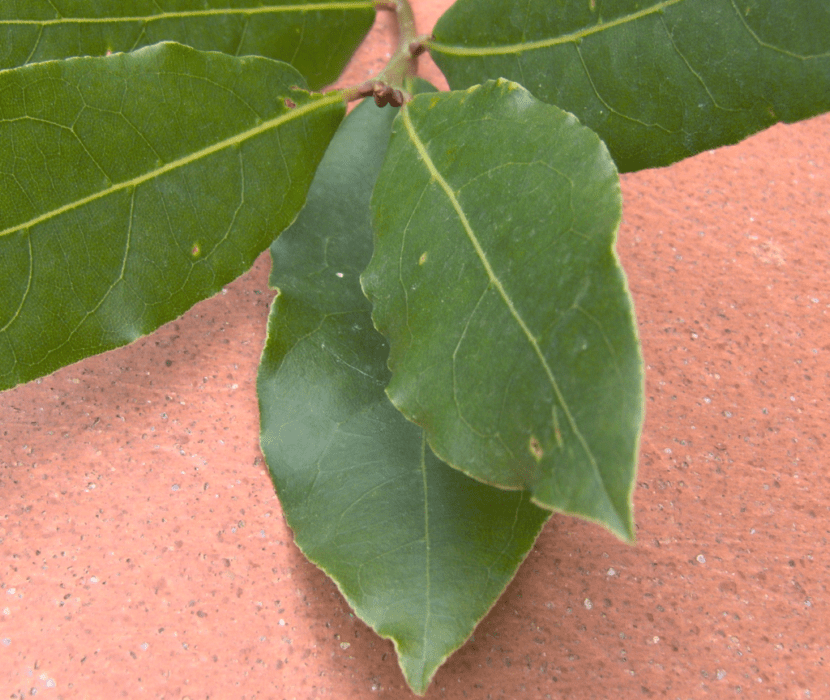
The Laurel, whose scientific name is laurus nobilis, it is a shrub or small tree up to six meters high. It has leaves all year round, and it blooms now, in spring. It is also used in cooking to give aroma and flavor to some recipes.
Insects do not like the smell it gives off, and you can take advantage of it to repel flies, cockroaches, mice, moths, and all kinds of insects. If you do not have any laurel plants, do not worry: with dry leaves you will get the same result.
Lavender
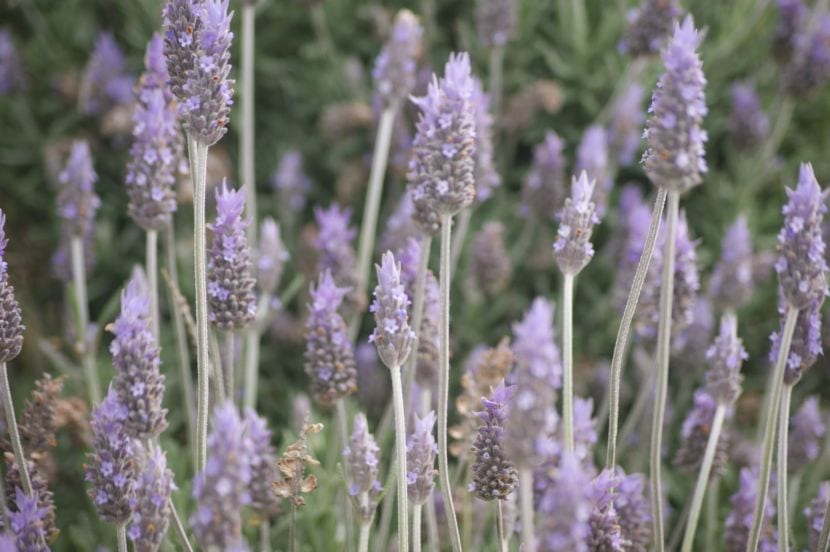
Lavender, whose scientific name is Lavandula officinalis, is a perennial plant whose growth is fast up to a height of 50cm. It is widely used in gardens to delimit areas, or to give a different scent.
We all love this beautiful plant. Its lilac-colored flowers are very beautiful. But insects don't like them that much. Have several plants in your garden, and you will see that you will not have insect problems. Or put some dried leaves in a hermetically sealed bag in your closet, and forget about the moths.
Balm
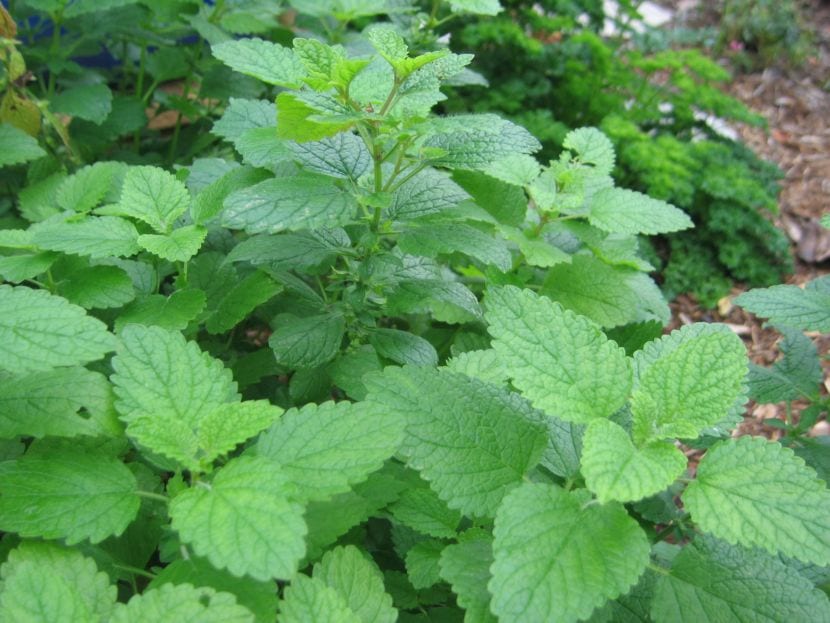
Melissa, whose scientific name is Melissa officinalis, is a plant that has been used for several centuries for its medicinal properties to combat cold sores or digestive problems. It grows to a height of 40cm. It has green leaves, with serrated edges and very marked nerves.
It produces a lemony smell that many insects hate. To repel them, have several plants in your garden or patio, or rub their leaves against the skin for an immediate effect.
Menta
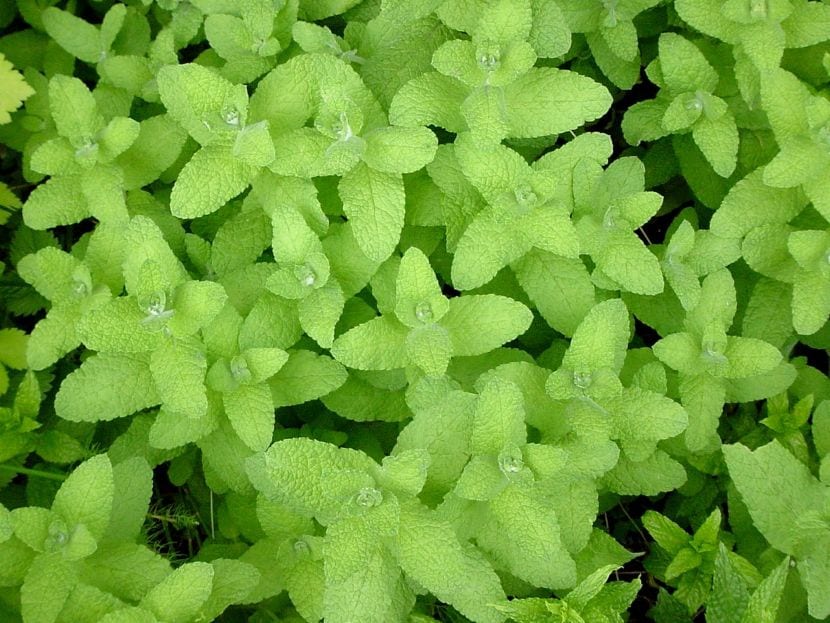
The Mint, whose scientific name is Mentha piperita, belongs to the same family as lemon balm. It grows to a height of 30cm, and is ideal to have in a pot since, although it grows very fast, its development is easily controllable.
In addition to being very ornamental and having a very pleasant aroma, it is very effective in repelling ants and mice. Take several stems and put them around your house, you will see that not an insect approaches. In addition, you can use its leaves to sweeten summer recipes.
As you can see, there are many plants that can be used to repel insects, and without using chemicals! At home or in the garden, natural herbal remedies are very practical and very useful to combat pests.
All these plants reproduce easily by seeds, which you can find in any nursery or specialized center.